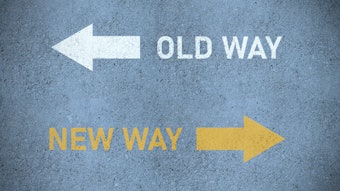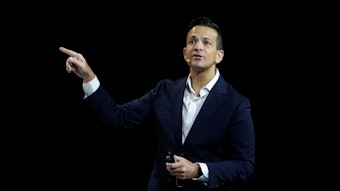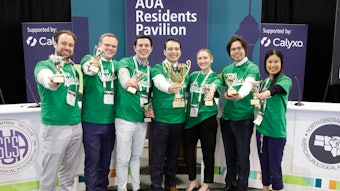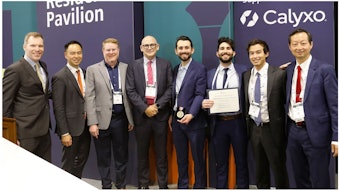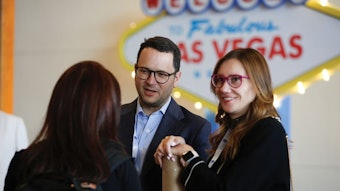Renal stone care reimagined
PUSH, laser comparison and stent omission trials reveal surprising insights, challenging long-held practices and offering new guidance for managing renal stones at every stage.
A trio of practice-changing, paradigm-shifting (P2) clinical trials is affecting the management of renal stones. Increasing fluid intake does not improve stone-free outcomes, YAG and thulium fiber lasers provide similar results, and patients are happier without stents following uncomplicated ureteroscopy for renal stones.
Results for the three trials were discussed during the Plenary on Sunday morning. Alana Desai, MD
Alana Desai, MD
The PUSH (prevention of urinary stones with hydration) trial was the largest stone intervention trial to date, reported Alana Desai, MD, clinical associate professor of urology at the University of Washington. A total of 1,658 participants across six clinical centers in the U.S. were randomized to usual care or behavioral interventions designed to improve fluid intake after stone surgery. Participants were followed for 24 months.
"Increased fluid intake is universally recommended to decrease the risk of recurrent stone disease," Dr. Desai said. “However, the effectiveness of interventions to maintain high fluid intake has not been well studied. Adherence is critical but challenging. How do you change a behavior?”
The trial used financial incentives and structured problem-solving to boost fluid intake, and a wireless smart water bottle to assess fluid intake. Fluid intake target was ≥2.5 L for adults or 30 mL/kg/day for adolescents.
Dr. Desai reported no difference in symptomatic recurrence of urinary stone disease between the two groups. The intervention group had a significant increase in urine output, but neither group achieved average fluid intake at or above guideline volumes.
Ureteroscopy surpassed shockwave lithotripsy as the most common stone surgery in 2017, but there have been few direct comparisons between different laser devices for dusting stones. What may be the first head-to-head clinical trial of high-powered Holmium:YAG and high-powered thulium fiber lasers found similar outcomes.
“We have 107 patients with post-operative data so far, and stone-free rates do not differ between the two groups,” reported Margaret Knoedler, MD, associate professor of urology and chief of endourology at the University of Wisconsin School of Medicine and Public Health. “Quality of life postoperatively was similar between the two lasers. Both high-powered lasers are effective and safe at treating renal stones, and the choice of laser system can be left up to the surgeon and the hospital system.”
The most recent randomized controlled trial of stenting vs. not stenting following uncomplicated ureteroscopy for renal stones found significantly less pain when stents were omitted. There was no difference in emergency department visits or other unplanned health care utilization, but patient satisfaction was much higher without stenting.
When patients were asked if they would repeat the procedure for another stone, 52% of unstented patients said they would definitely repeat treatment compared to 19% for the stented group. Seth Bechis, MD
Seth Bechis, MD
“We clearly see a preference for avoiding stents,” said Seth Bechis, MD, associate professor of urology at the University of California San Diego. “I would urge all of you performing a ureteroscopy for an uncomplicated case to consider not leaving a stent. Your patients will have a better quality of life, and we found no difference in unplanned encounters.”


